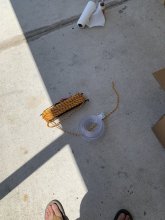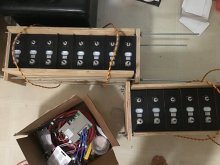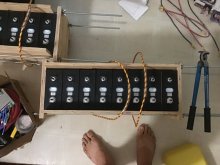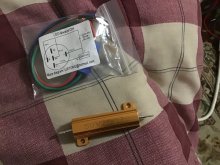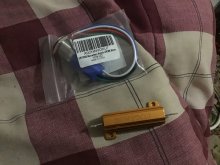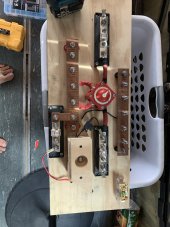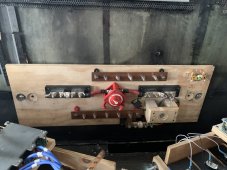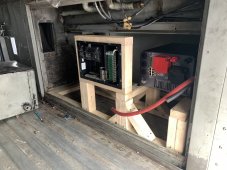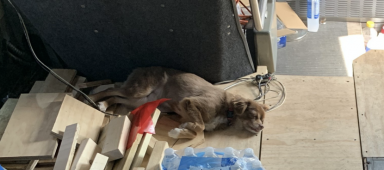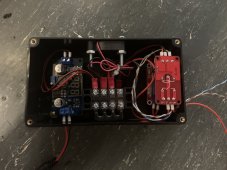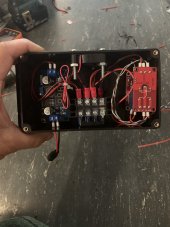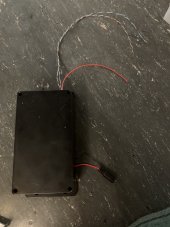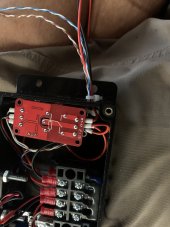DerpsyDoodler
Solar Addict
- Joined
- Jan 10, 2021
- Messages
- 2,247
Excited to announce I made the purchase of most if my electrical system components.
Less than $1700 on (this is whats in the picture):
1x Evo 4024 inverter/charger
1x Evo 4024 remote
1x class t 350a fuse kit
2x class t 200a fuse kits
2x spare 200a fuses
(ordered 2x spare 350a as well, but are on backorder and price of those not included here, though i believe they were 42ish a piece). This was ordered through Don Rowe. The price included UPS ground shipping.
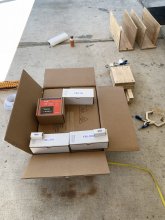
also in that picture are the unfinished boxes for my batteries. The end caps are there and drilled for the threaded rods, the 2x2 sleds are for the bottom, to reinforce the 3/4” plywood and to serve as a place to thread my corded handles through. they will loop over the top, be fitted with vinyl pvc tubing for handles and tie/melted together on the bottom through holes i will drill through the sleds. two handles per box.
Less than $1700 on (this is whats in the picture):
1x Evo 4024 inverter/charger
1x Evo 4024 remote
1x class t 350a fuse kit
2x class t 200a fuse kits
2x spare 200a fuses
(ordered 2x spare 350a as well, but are on backorder and price of those not included here, though i believe they were 42ish a piece). This was ordered through Don Rowe. The price included UPS ground shipping.

also in that picture are the unfinished boxes for my batteries. The end caps are there and drilled for the threaded rods, the 2x2 sleds are for the bottom, to reinforce the 3/4” plywood and to serve as a place to thread my corded handles through. they will loop over the top, be fitted with vinyl pvc tubing for handles and tie/melted together on the bottom through holes i will drill through the sleds. two handles per box.



